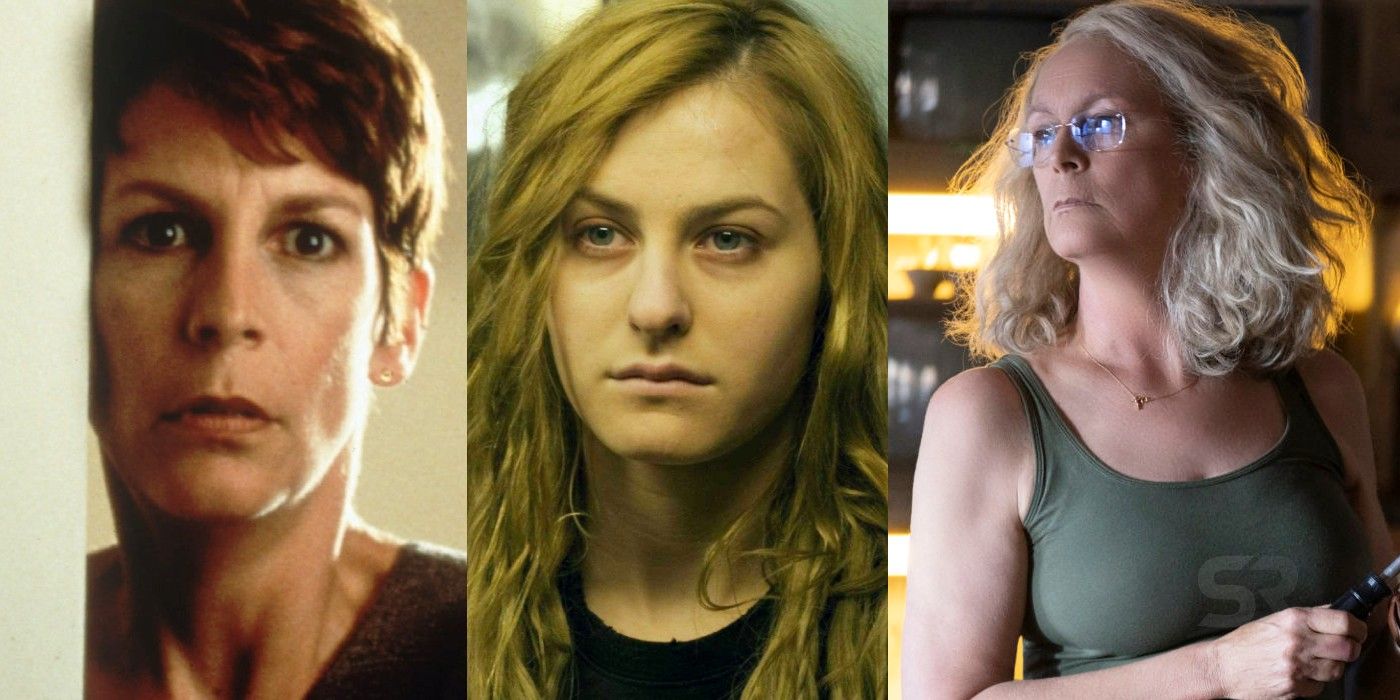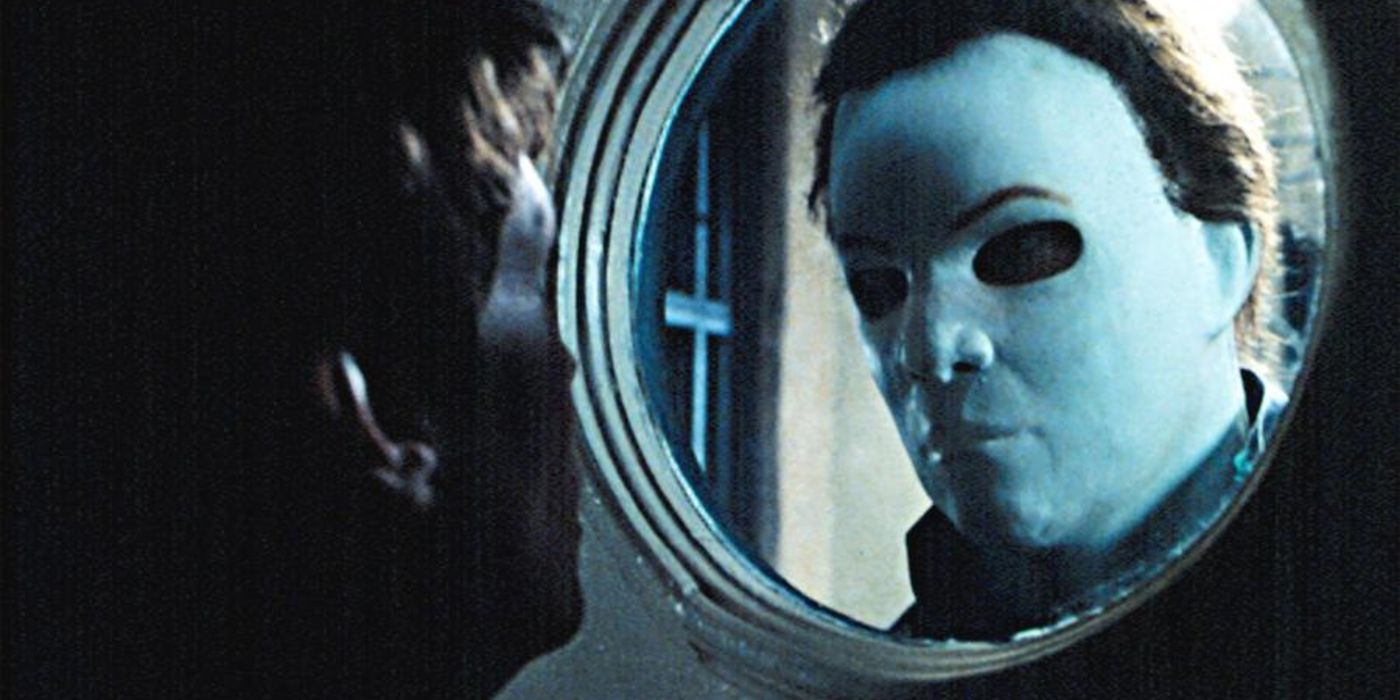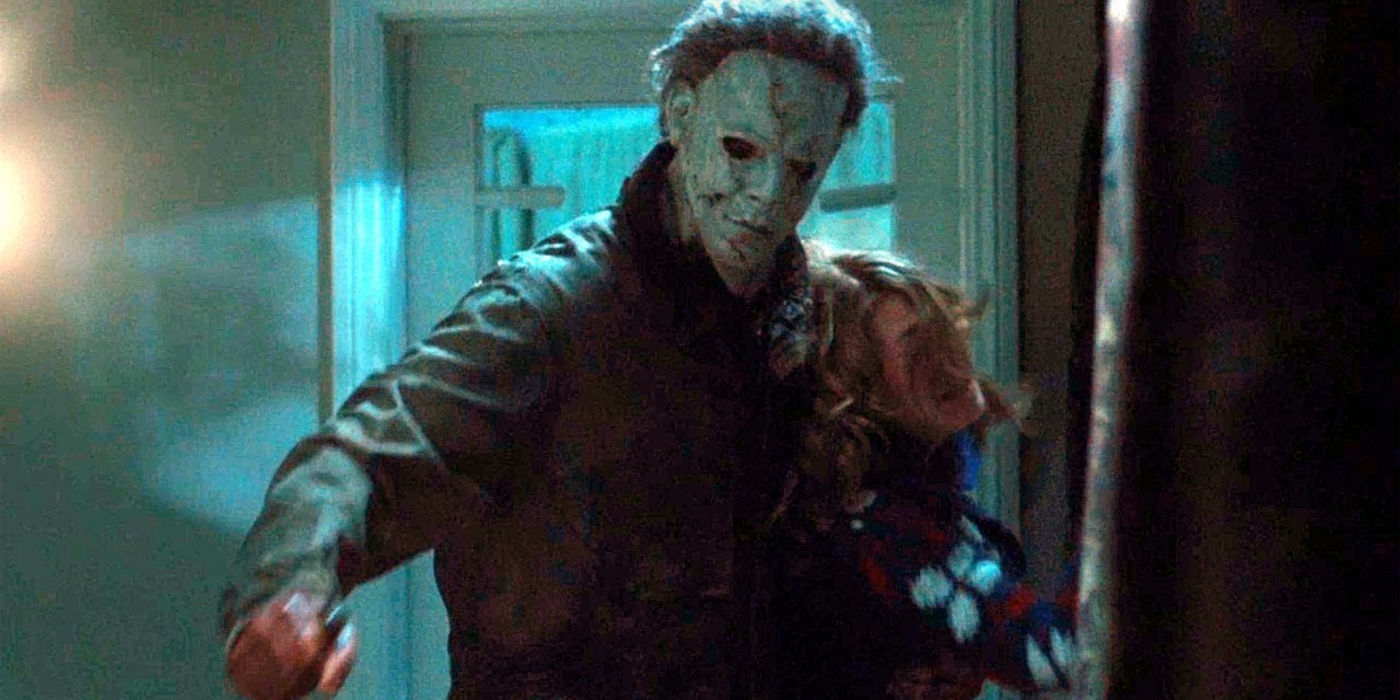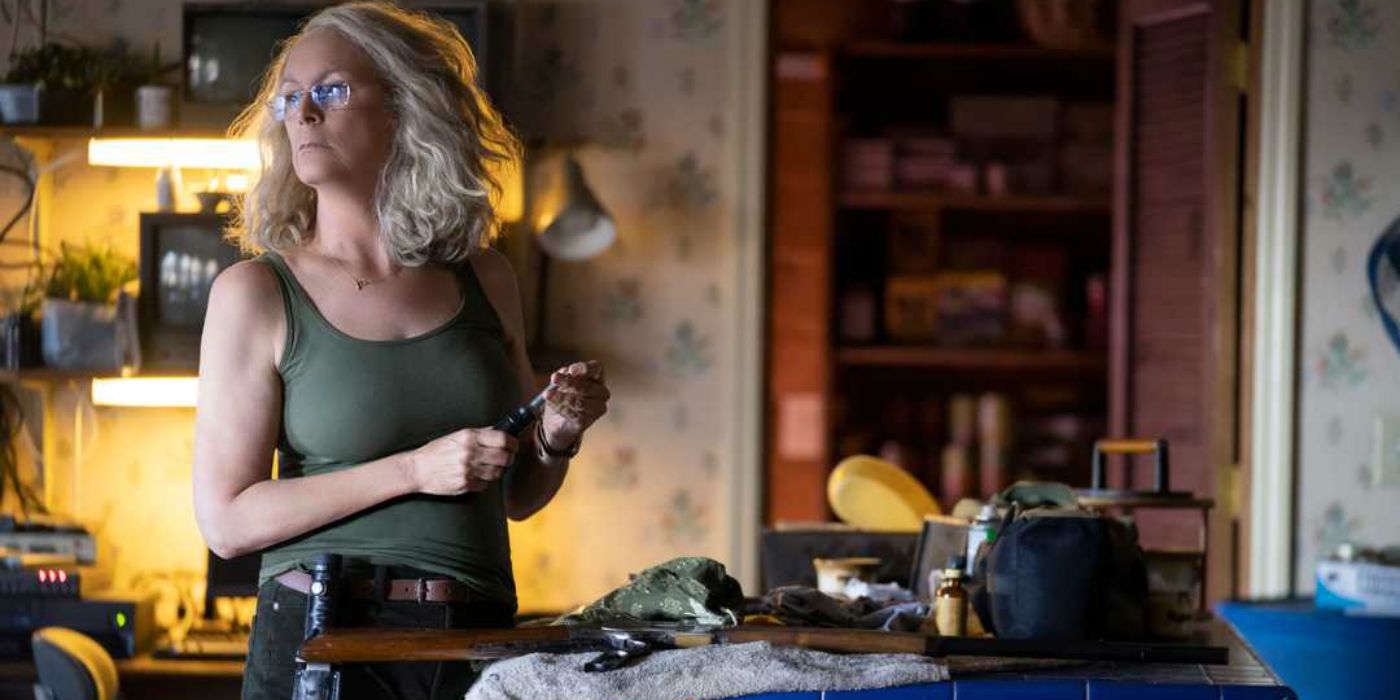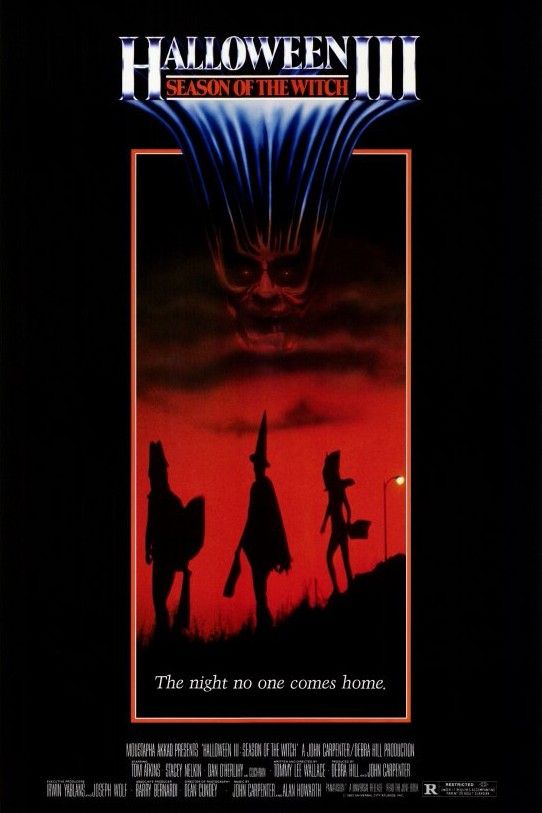The Halloween franchise has gone through three different retcons, including a remake that made major changes to John Carpenter’s original story. In 1978, Carpenter changed the horror genre with Halloween, a slasher movie that wasn’t well-received upon its original release, but as years have passed, it has been revisited and is now considered one of the best horror movies ever. In addition to that, Halloween helped develop the slasher genre, popularizing these movies in the 1980s and serving as an inspiration to many filmmakers over the years.
Halloween follows Michael Myers, who after killing his sister on Halloween night when he was six years old, was sent to Smith’s Grove sanitarium, where he stayed for years and never spoke a single word. Fifteen years later, Michael escapes and returns to his hometown, where he stalks Laurie Strode (Jamie Lee Curtis) and friends on Halloween night. Halloween got a sequel in 1981, simply titled Halloween II, before taking a break with Halloween III: Season of the Witch, which treats the previous two as fictional movies. The franchise went back to Michael Myers’ story with Halloween 4: The Return of Michael Myers, Halloween 5: The Revenge of Michael Myers, and Halloween: The Curse of Michael Myers, before going through its first retcon.
So far, Halloween has gone through two retcons and a remake, which made so many changes to the original story that it can also be considered a retcon. Although not all of them were for the better, there’s one that made changes that benefitted the franchise and allowed it to continue with two more movies. Here are all three Halloween retcons so far:
Halloween H20: 20 Years Later
Halloween 4: The Return of Michael Myers explained that Laurie Strode died in a car accident and had a daughter, Jamie Lloyd (Danielle Harris), but this was retconned in Halloween H20: 20 Years Later, which decided to be a direct sequel to Halloween II and ignore the rest. In it, Laurie wasn’t dead – instead, she faked her death and started a new life under a new identity. Jamie Lloyd was completely erased in this version, but Laurie had a son, John (Josh Hartnett), and she was still Michael’s sister. Halloween H20 was followed by Halloween: Resurrection, which retconned the previous movie’s ending so it could continue the story.
Halloween (2007)
In 2007, Rob Zombie brought a remake of Carpenter’s film that divided the audience. Zombie’s Halloween took the original’s premise and made a lot of changes to make it a movie of his own, which pleased some and annoyed many others. The biggest change Zombie made to the story was the addition of Michael’s time at Smith’s Grove and his relationship with Dr. Loomis, as well as the addition of a minor subplot about his mother, Deborah Myers (Sheri Moon Zombie), who commits suicide and leaves Laurie completely alone. Zombie continued this story in Halloween II, which focuses on Laurie’s struggle with trauma and Dr. Loomis taking advantage of his experience and the deaths of Michael’s victims from the first movie.
Halloween (2018)
The latest retcon, and the most successful to date, is that of David Gordon Green’s Halloween, released in 2018. This one is a direct sequel to Carpenter’s original film, ignoring all the movies that came after it, meaning that Laurie and Michael are not related, and Jamie Lloyd and John never existed (nor is Michael cursed or anything like that). This retcon actually makes Michael Myers a much more frightening villain, as he had no reason to go after Laurie because they’re not siblings, but he has reasons now as she left him blind on one eye and sent him back to Smith’s Grove. Laurie was given a family, although a broken one, in this new storyline, who came together to fight Michael and will continue to do so in Halloween Kills and Halloween Ends.

